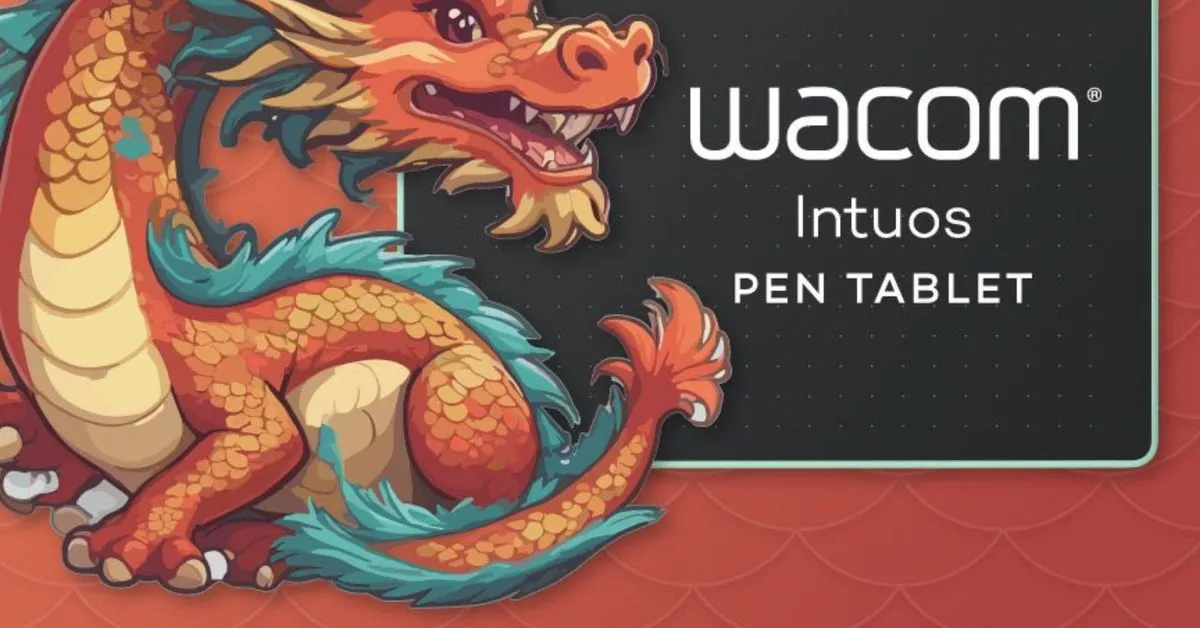Artists are making creative companies apologize for using AI
Artists are making creative companies apologize for using AI

www.theverge.com
Artists are making creative companies apologize for using AI

Businesses that rely on creatives should probably avoid angering them.